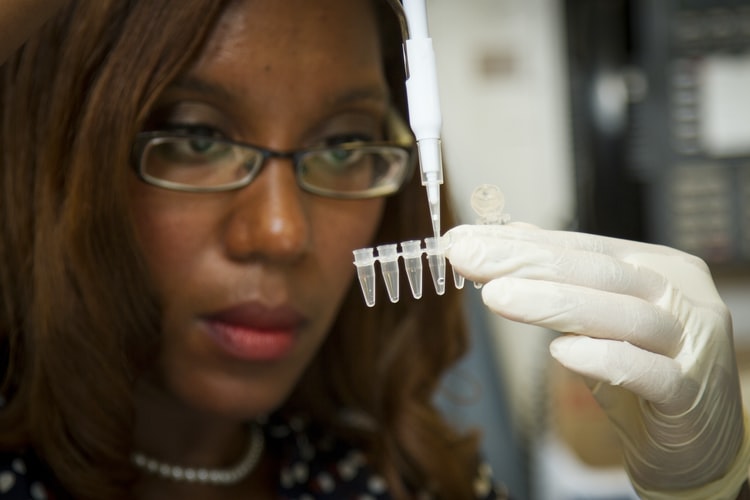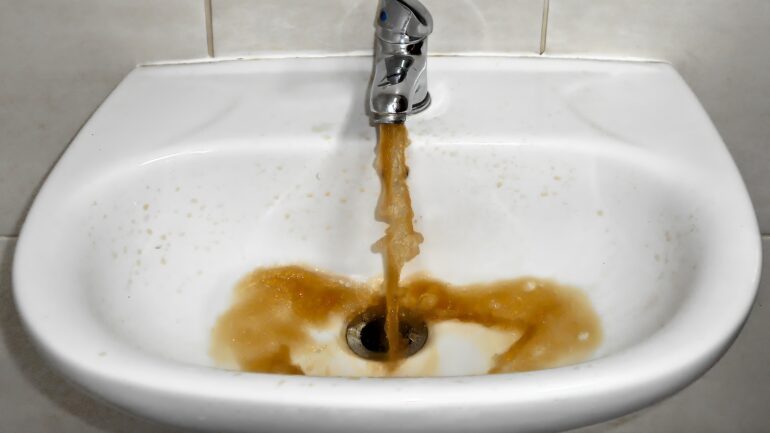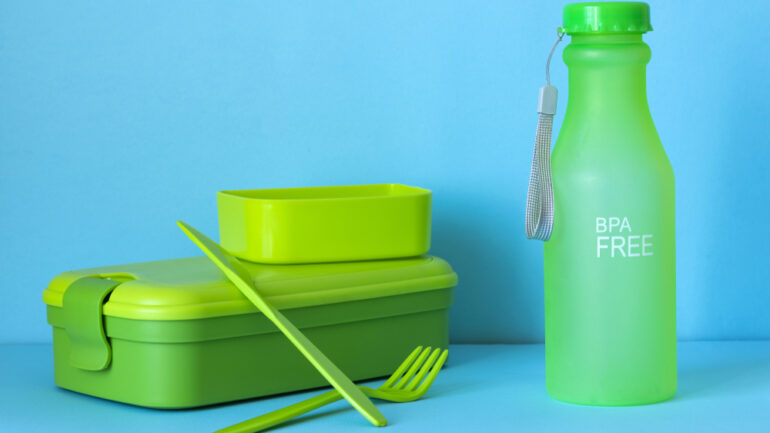By Anam Chohan, Researcher and Writer for Save The Water™ | July 10, 2019
New Findings
A “first of its kind” study published in June 2019 by the U.S. based non-profit, Environmental Working Group, has analyzed nitrate exposure from drinking water across the United States between 2010 and 2017.1 The study, which was published in the journal Environmental Research, found that over 12,000 annual cases of cancer may be directly caused by exposure to nitrate pollution.2
What is Nitrate Pollution?
While nitrogen is an essential nutrient needed for plant growth, the overabundance of its forms in nitrite, nitrate and ammonium can be found in drinking water sources because of inadequate farming practices and urban wastewater management.
“Nitrate sources are effectively everywhere – agricultural lands, natural lands, urban areas with leaky sewer lines, septic leach fields, and wastewater percolation basins,” says the University of California- Davis’ report “Addressing Nitrate in California’s Drinking Water.”3 Although these nitrate sources are effectively everywhere, some of the largest causes of nitrate contamination in lakes and streams are manure fertilizer and sewage.4 For example, nitrate can get into water directly as the result of runoff of fertilizers containing nitrate.5 Unsecured manure storage can also result in leaching of excess nitrates into the soil.
The current US federal standard for nitrate levels is 10 parts per million, or 10 mg/L.6 In more household-friendly terms, 10 mg/L amounts to a little over 7 teaspoons per gallon. Recently, the medical evidence linking nitrate in drinking water with human illness has raised more questions about whether the nitrate limit of 10 mg/L protects the general population against harmful side effects.2
The Dangers of Excess Nitrate in Drinking Water
Some of the health effects of nitrate consumption have been known for a while. One of the most common groundwater contaminants in rural areas, nitrate is regulated in drinking water primarily because excess levels can cause methemoglobinemia, or “blue baby” disease, which is low oxygen levels in the blood causing suffocation. 7
Formula-fed babies are at a higher risk for the disease as they consume more water in comparison to their body weight than adults do. Formula powder and juices mixed in tap water strain their undeveloped digestive system, which leads to more reduction of nitrate to nitrite.7
In adults, long-term exposure to high nitrate levels in drinking water is also associated with thyroid dysfunction and cancer. Areas that depend on groundwater—those that get their water from wells, for example—can sometimes exceed the national maximum nitrate in drinking water (45 mg nitrate per liter or, equivalently, 10 mg of nitrate-measured-as-nitrogen per liter).”2
It was previously thought that the old standards for nitrate levels in water were safe. But a newly published study published by the Environmental Working Group concluded that nitrate contamination in drinking water across the US could cause up to 12,594 cases of cancer per year.1 The highest percentage of cases related to colorectal cancer, but it also included ovarian, thyroid, kidney and bladder cancer. The researchers also estimated the economic costs of these medical conditions: “For medical expenditures alone, this burden of cancer corresponds to an annual economic cost of 250 million to 1.5 billion U.S. dollars, together with a potential 1.3 to 6.5 billion-dollar impact due to lost productivity.”2
Ways to Reduce Risk of Cancer
In general, the greater the uncertainty about potential health effects, the greater the margin of safety built into the government regulation.7 Hence the federal Safe Drinking Water Act passed in 1974, which set the standard of 10 mg/L nitrate as nitrogen as a maximum.
Given the new information about potential cancer risks, these standards may no longer be adequate. Recent large-scale epidemiological studies conducted in European countries reported statistically significant increases in colorectal cancer risk associated with nitrate in drinking water at levels of 0.7–2 mg/L.2 Outdated standards of safe drinking water need to reevaluated.
Beyond getting involved and lobbying for new standards for nitrate levels in water, there are several things you can do at home to safeguard yourself from nitrate contamination:
- Breastfeed for as long as possible or use bottled or distilled water to mix formula.7
- Get your water tested at your regional health departments and laboratories by sending in samples. Check further for other contaminants.
- If you have one, maintain your septic leach field so that contaminants can be drained effectively.3 More information about leach fields can be found here on the EPA’s website.
References
- Sarah Graddy. June 11, 2019. “EWG: Nitrate Pollution of U.S. Tap Water Could Cause 12,500 Cancer Cases Each Year.” Environmental Working Group. (https://www.ewg.org/release/ewg-nitrate-pollution-us-tap-water-could-cause-12500-cancer-cases-each-year)
- Alexis Temkin, et. al. June 11, 2019. “Exposure-based assessment and economic valuation of adverse birth outcomes and cancer risk due to nitrate in United States drinking water.” Environmental Research. (https://www.sciencedirect.com/science/article/pii/S001393511930218X)
- Thomas Harter and Jay R. Lund. March 2012. “Addressing Nitrate in California’s Drinking Water”. University of California – Davis. (http://groundwaternitrate.ucdavis.edu/)
- Wu J, et. al. July 2019. “Severe Nitrate Pollution and Health Risks of Coastal Aquifer Simultaneously Influenced by Saltwater Intrusion and Intensive Anthropogenic Activities.” Archives of Environmental Contamination and Toxicology. 77(1):79-87. (https://www.ncbi.nlm.nih.gov/pubmed/31053873)
- Water Science School. “Nitrogen and Water”. United States Geological Survey. (https://on.doi.gov/2Ieci6i)
- Brian Pascus. June 11, 2019. “Study: Nitrate pollution in U.S. drinking water could lead to thousands of cancer cases”. CBS News. (https://cbsn.ws/2RNDivJ )
- Margaret McCasland, et. al. 2012. “Nitrate: Health Effects in Drinking Water”. Cornell University. (http://psep.cce.cornell.edu/facts-slides-self/facts/nit-heef-grw85.aspx)





